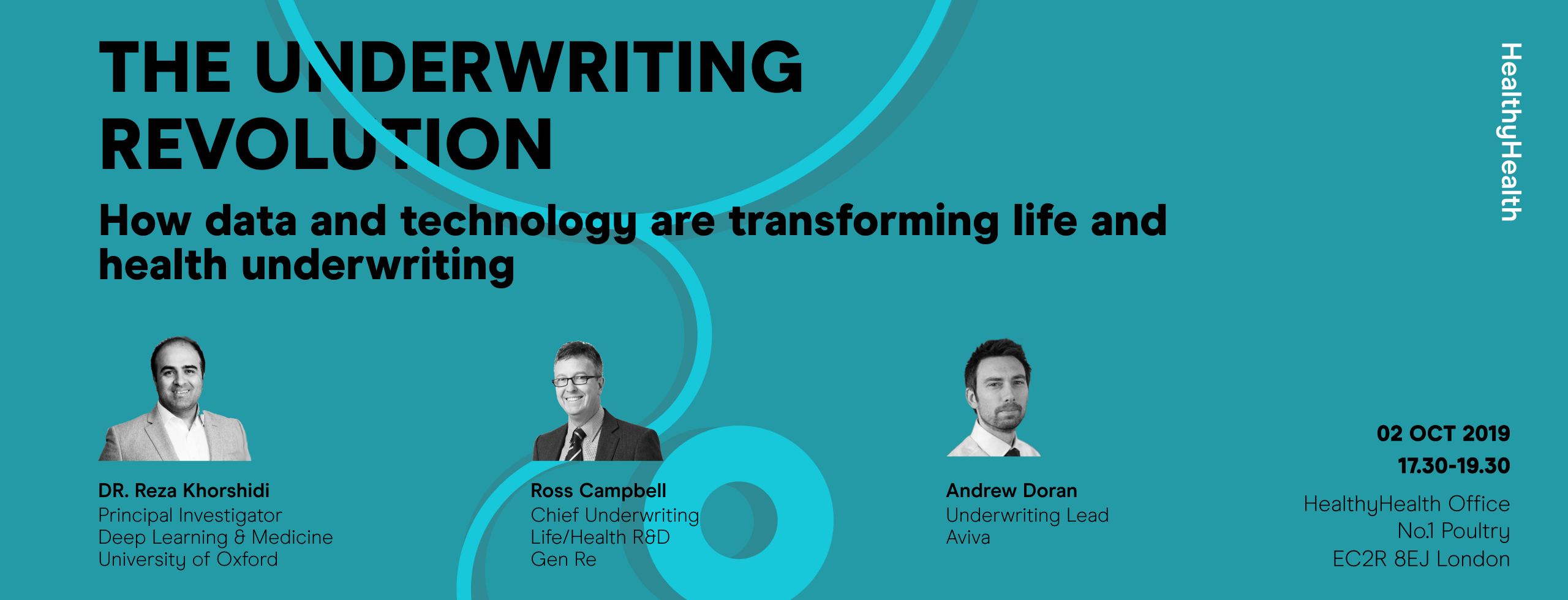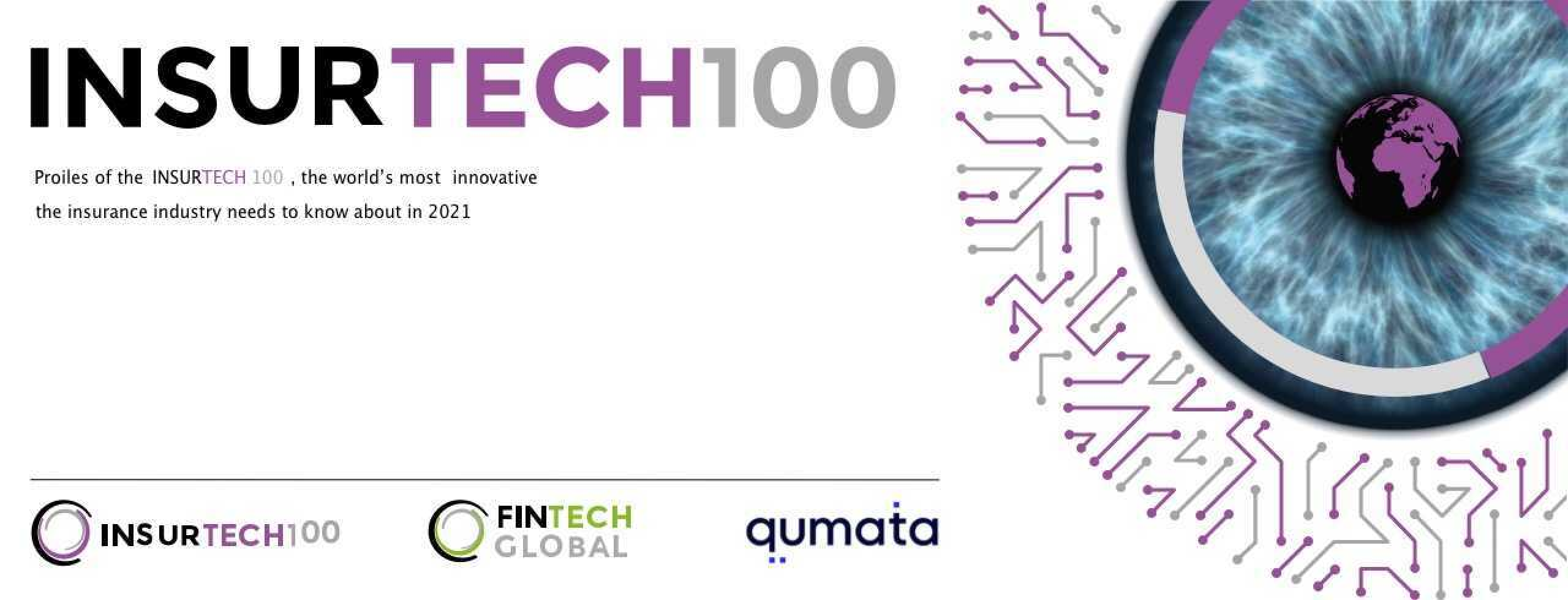Data and technology are transforming the customer journey in life and health underwriting

Exciting developments in technology, data analytics and artificial intelligence (AI) are transforming the sometimes staid of life and health insurance (L&H) into something more engaging, triggering new challenges for the sector, according to speakers at a Qumata hosted event in London.
This mirrors a transformation going on within medicine itself, as more data produces new insights into diseases and artificial intelligence uses the new quantities of data to ask and answer new questions.
“To take an economist’s view on AI and medicine, it’s about bringing about a huge reduction in the cost of prediction,” said Reza Khorshidi, principal investigator for deep learning and medicine for the University of Oxford, speaking at the event.
Prevention is a prediction problem, Khorshidi emphasised. He cited revolutionary advances in AI that could allow e-retailer Amazon to pioneer anticipatory shipping, predicting and delivering orders before customers even shop for them, with an acceptable margin of error for mistakes leading to returns.
Customer journeys
“We’ve seen most leaps and bounds in gathering lots of data,” said Andrew Doran, Aviva’s underwriting strategy lead, speaking on the panel discussion. “Access to data facilitates innovation. And if we can use the data to predict risk better then we can price more accurately and innovate our propositions to best fit customers.”
The panel discussed reinsurer Gen Re’s new mobile application using facial analytics to help customers buying life and health policies, piloted earlier this year.
“Insurance as we know it not very fun and this is more fun,” said Ross Campbell, chief underwriter and lead for digital engagement at Gen Re. “The app demonstrates the potential of doing something differently, blending the traditional world we know already with something different.”
Improving the customer journey should be the goal for implementing such emerging technologies, emphasised Etienne Bourdon, co-founder and chief operating officer for Qumata. There are two basic components to this, he suggested.
“Time is vital because a long questionnaire is no good,” Bourdon said. “Digital works on making questions smaller and reducing time. There are many ways for phone and digital apps to improve the customer experience.”
Doran agreed that fitting information into discrete boxes can sometimes be a challenge. “When this is done by phone, some customers would rather tell their story than answer insurance questions,” he said.
The flip side is adding to the risk by cutting out too much detail in data gathering by fixating on how to optimise customer experience. “There’s always a trade-off between making the life of the clients very easy and a good risk assessment,” he said.
Bourdon added a note of caution, “We know all too well in the insurance industry that if you make something that’s not good then you’re going to pay for it, maybe not now, but perhaps in five or ten years.”
Campbell also emphasised the challenges of pioneering new ways of gathering customer data and of blending new data with old.
“It all sounds very seductive but using facial recognition technology is not without its own trials. Firstly, it needs to be good and it needs to be accurate,” Campbell said.
“Sweeping away the old tech and bringing in something new always presents issues. Taking data can be a challenge. Different domains have different rules for what’s allowed and accessible and what’s not, for example. The insurance industry needs to face that challenge,” he added.
Doran warned about the risk of blindly following data which can lead to analytics inadvertently profiling and stigmatising groups. Technology is blind to this risk unless programmed.
“We use data responsibly, but we have seen instances where that isn’t the case and companies become in danger of marginalising groups of people,” he warned.
“You can follow the data and it will lead you to marginalise people outside of the system. It’s important that we use people’s data to be more inclusive and to open up insurance in ways that we haven’t previously.”
Doran also noted the inherent challenge to the insurance business model by shifting from the law of large numbers to specific risk selection which can threaten to exclude pockets of people, threatening to making high-risk customers uninsurable.
“There’s a place to recognise there are people who are very healthy and we should be treating them accordingly. However, people with chronic or other serious conditions can get left behind. We need to find dynamic solutions to make sure they’re not and that they continue to have a place to go,” he added.



